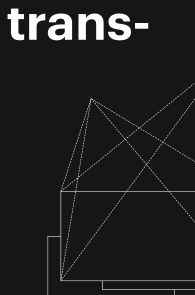open access
메뉴
open access
메뉴 ISSN : 2508-3309
ISSN : 2508-3309
Arts have changed continuously reflecting the times with the political atmosphere and social systems. As political, economic, and social big changes have occurred since World War II, antihistorical tendencies rejecting modernism in the early 20th century have come to appear in culture and arts as well. With these social changes, radical, avant-garde and artistic tendencies with strong experimental spirits, which rejected modernism took place especially in American dancing world. Trends of improvised elements and experimental trials were dominated discovering expressions of new movements in intentions and expressions of works. The purpose of this study is to investigate the effects on choreographic forms of modern dance until today by exploring choreographic characteristics of this postmodernism. To examine post-modernist inclinations in works, Trisha Brown who led American post-modern dance stressed dance for expressions of movements in themselves and pure movements by actively accepting into dance works American social flows which played a major role in postmodernism starting from 1960s. American modern dancers considered body in itself as important one and any emotional expressions and individual sensitivity is excluded as their physical expressions are factual, realistic, and due to their movements. They imprinted dance as valuable art by recreating ordinary behaviors into dance, using space excellently and forming experimental dance shapes. Therefore, it can be said that through analyzing brown's works, we proposed a new direction getting out of limits of arts and provided a direction of essential dance alt to movements of modern dance and choreographic shapes.